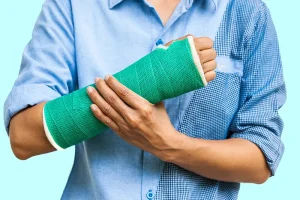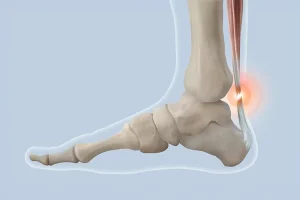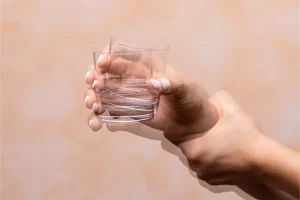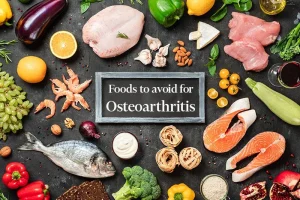Rotator cuff injuries
Arthroscopic treatment for rotator cuff injuries. Get rid of pain and regain your mobility!
Home » Orthopedic Surgery » Rotator cuff injuries
Conditions Treated

Rotator cuff injuries affect the tendons and muscles that stabilize the shoulder and can cause pain, weakness, and limited movement. At VenArt Clinic, we offer a modern and minimally invasive solution using arthroscopy, which allows for effective repair of these injuries. You will enjoy a faster recovery and reduced postoperative discomfort. Our team of orthopedic surgeons with extensive experience will ensure that you receive the highest quality treatments, performed with state-of-the-art technology, in an environment dedicated to your comfort and health.
Book an Appointment
What are rotator cuff injuries?
The rotator cuff is a group of four muscles and tendons that stabilize the shoulder joint and allow arm movement. Rotator cuff injuries can range from mild inflammation (tendinitis) to complete tendon tears, causing pain and limited mobility. They often occur due to overuse, aging, or direct trauma, and conservative treatments are not always sufficient to resolve them.
Common causes
Rotator cuff injuries can be caused by various factors:
- Overuse: sports activities such as tennis, swimming, weightlifting, and throwing balls can put a lot of pressure on the shoulder;
- Aging: as we age, tendons become more fragile and susceptible to tears;
- Direct trauma: falls on the shoulder or sudden lifting of heavy weights can lead to rotator cuff injuries;
- Repetitive movements: strenuous physical activities, daily work, or intense household activities can contribute to tendon wear and tear.
Symptoms
Symptoms vary depending on the severity of the injury, but the most common are:
- Persistent shoulder pain, especially at night or after certain movements;
- Weakness in the arm, difficulty lifting objects;
- A popping or cracking sensation when moving the arm;
- Stiffness and limited mobility of the shoulder.
Diagnosis
To confirm a rotator cuff injury, your doctor will perform a series of tests, which may include:
- Clinical examination: testing shoulder mobility and strength;
- Musculoskeletal ultrasound: detailed visualization of the tendons;
- MRI: to identify tears or severe inflammation.
At VenArt Clinic, we focus on accurate and comprehensive diagnosis in order to provide you with a personalized treatment plan tailored to your needs.
Arthroscopic treatment
Arthroscopy is a minimally invasive procedure used to treat rotator cuff injuries. It involves inserting a small camera into the shoulder joint, allowing the doctor to repair the affected tendons without large incisions.
Advantages of arthroscopy
- Small incisions: significantly reduce the risk of infection and scarring, contributing to faster healing;
- Reduced postoperative pain: thanks to the minimally invasive approach;
- Quick recovery: patients can return to their daily activities much faster than with traditional procedures;
- Short hospital stay: most patients can go home the same day;
- Low risk of complications: thanks to advanced technology and our team of specialized doctors.

Recovery after arthroscopy
Recovery after arthroscopy is rapid, but requires compliance with the doctor’s instructions. The recovery program varies depending on the severity of the injury and the patient’s general condition. In general, it includes:
- Temporary immobilization: wearing a brace for several weeks;
- Physical therapy: exercises to regain strength and mobility;
- Pain management: anti-inflammatory medication, local ice application.
The duration of recovery depends on the severity of the injury and the body’s response to treatment, but most patients return to their normal activities within a few months.
Medical Team
Frequently Asked Questions
What is a rotary hairstyle?
It is a group of muscles and tendons that stabilize and move the shoulder.
How does a rotator cuff injury occur?
It can occur due to overuse, trauma, heavy lifting, or the natural process of degeneration with age.
What are the symptoms of an injury?
Pain in the shoulder, difficulty raising the arm, weakness, and sometimes nighttime pain.
How is the diagnosis made?
Through clinical examination, ultrasound, or MRI.
What does rotary coafa surgery involve?
It is usually an arthroscopic procedure to repair torn tendons.
How long does recovery take after surgery?
On average, between 4 and 6 months, with a rigorous physiotherapy program.
Is recovery painful?
There may be some discomfort and mild pain at first, but this diminishes as mobility and strength return.
Can the injury be repaired?
In some cases, yes, especially if the shoulder is overused again or if recovery is not followed properly.








